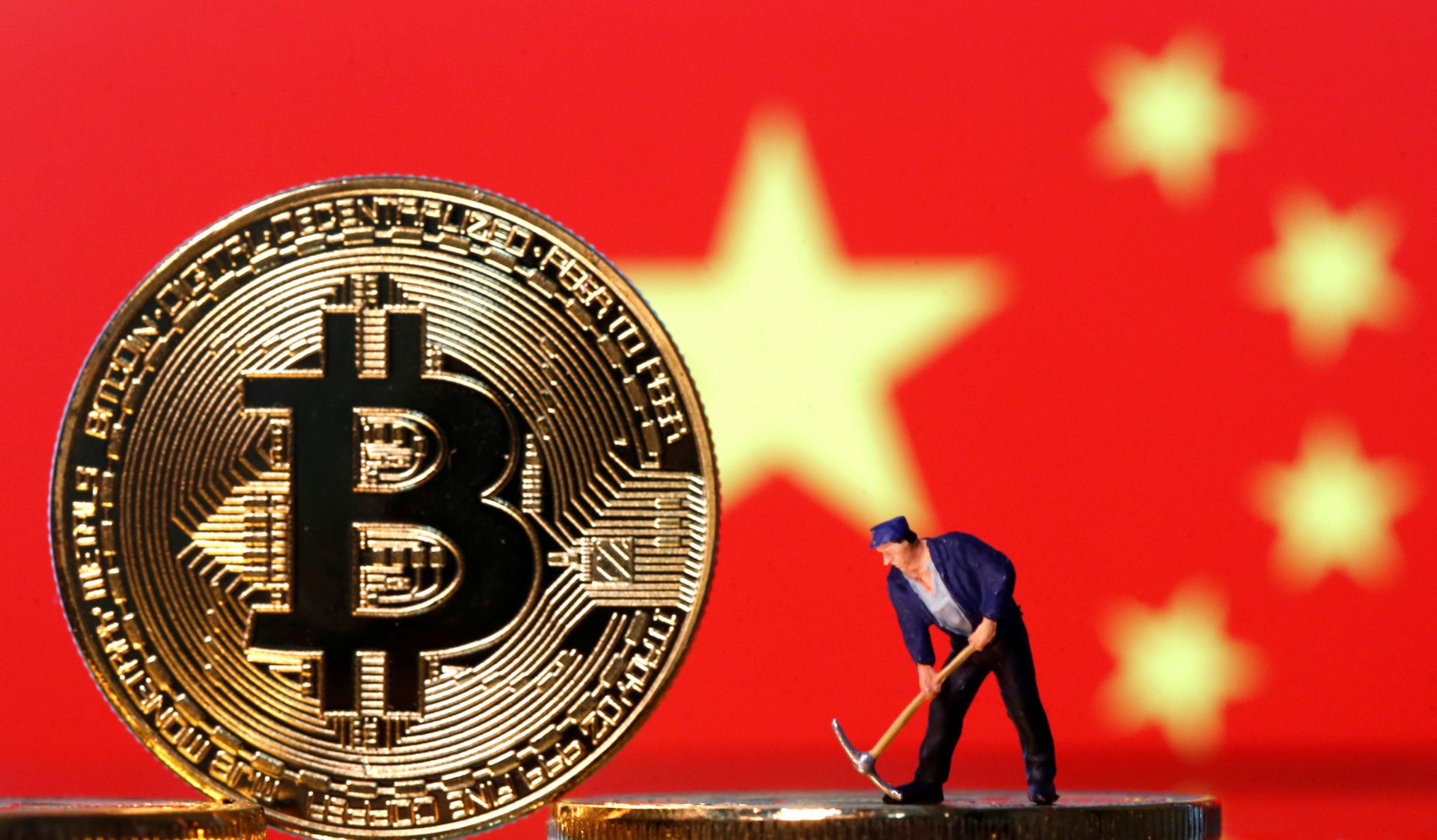China
US–China rivalry needs more clarity and less polarity

Author: John Wright, US Air Force
A daily barrage of US–China military alarms fill inboxes and news feeds. While many of these reports genuinely attempt to understand this rivalry, more often than not they create fear, confusion and uncertainty. It is important to brush past this overwhelming ‘fog of more’ and get back to basics.
To understand the US–China military rivalry it is important to grasp its main cause — conflict stemming from two competing grand strategies. China wishes to assert its own brand of leadership and reclaim its regional hegemonic crown. The United States prefers no regional hegemons at all, and especially not one that does not share common values and respect for the current rules-based order.
These grand strategies are integral parts of both states’ efforts to survive. They are not ‘worldviews’, ‘ideologies’ or ‘wish lists’. They are measurable, tangible goals that come with advantageous security consequences for one state at the expense of others. Each strategy is mutually exclusive, and neither state stands a realistic chance of convincing the other to change.
Strategy is simply the finding of ways to achieve objectives — within the realm of the possible — in the endless search for a better peace. But strategy is constrained by statecraft, the specific actions a country can take to implement strategy, and this is immensely complicated. Military posturing is a tool of statecraft as much as it is a component of strategy, but its intricacy means that strategy often takes a back seat to statecraft and its ‘tyranny of the now’.
China and the United States must both contend with statecraft from remarkably similar positions. US foreign policy and military posture is synthesised by an often contradictory multitude of bureaucrats and specialists who all see foreign policy in a particular light. Similarly in China, rank-conscious individuals compete for their leaders’ attention in guiding foreign policy and military posture. Beijing’s ability to centrally marshal its military posture and foreign policy is often oversold due to the opaqueness of its government.
Both states are constrained by the same things — using the right resources and executing a coordinated response to events. For instance, when China sent a five-vessel flotilla through the Bering Strait in 2015, it calculated the move would poke the United States in the eye as a territorial violation. After US authorities declared the voyage ‘not threatening’ and watched it pass unopposed in a manner consistent with international law of the sea, China was clearly flummoxed.
In December 2016, a then president-elect Donald Trump tweeted his disapproval of the Chinese theft of a US Navy underwater drone without first discussing options with the rest of the administration, which generated additional frustration.
Believe it or not, these blunders are good news for the US–China military rivalry. Statecraft’s pace naturally slows down decision-making, providing more time to defuse situations before they become crises.
US–China watchers should not concern themselves with how many aircraft China launches towards Japanese airspace, or how many vessels the United States sails through the Taiwan Strait. Instead, they should be concerned with developments that lead down the road of miscalculation. For instance, when one side mistakenly believes going to war outweighs the benefits of not going to war.
Miscalculation begins with misunderstanding. The urgency behind military posture decisions are often perplexing. One need look no further than the irritated response from China following the US deployment of a Terminal High Altitude Air Defense system in South Korea in 2017. This was a time of tense military standoff between the United States and North Korea, demonstrating how well-meaning military deployments can be misunderstood through a different lens.
There is a danger if misunderstandings begin to affect military credibility — the belief a rival will actually carry out a threat. No deterrence can happen in a situation where neither rival believes the other will actually follow through. In a world where the United States and China blame each other for their problems, this is a real threat.
To manage the military rivalry, both states should seek a balanced force posture which lowers the risk of military encounters. The United States will seek to reprioritise its preferred instruments of national power away from military and economic, and toward more diplomatic and information-based power. The Biden…
Business
China Telecom Gulf Officially Launches Operations in Saudi Arabia for Business Expansion

China Telecom Gulf was launched in Riyadh, enhancing digital cooperation between China and Saudi Arabia under the “Belt and Road Initiative,” with a focus on technological innovation and infrastructure development.
China Telecom Gulf Launches in Riyadh
On November 21, 2024, China Telecom Gulf was officially inaugurated in Riyadh, symbolizing a significant advancement in China Telecom’s internationalization efforts and commitment to the "Belt and Road Initiative." The event was attended by over 100 dignitaries, including Mr. Liu Guiqing, Executive Director of China Telecom Corporation, and Mr. Fawaz from the Industrial and Commercial Bank of China Riyadh Branch, marking a milestone in fostering a shared future between China and Arab nations.
Commitment to Digital Transformation
In his speech, Mr. Liu highlighted China Telecom’s dedication to collaborating with Saudi enterprises and local governments to enhance digital infrastructure. By leveraging its expertise in technologies like 5G and artificial intelligence, the company aims to provide high-quality communication services, thereby driving socio-economic growth in the region.
Strategic Partnerships for Growth
During the launch, China Telecom Gulf signed strategic agreements with several prominent companies, including Saudi Telecom Company and Huawei. These collaborations are geared towards optimizing digital experiences for Saudi customers and contributing to the broader Sino-Saudi cooperation in technology and economic development, solidifying China Telecom’s role in the Middle Eastern telecom landscape.
Source : China Telecom Gulf Officially Launches in Saudi Arabia for Business
China
India Initiates a Shift in Security Focus Regarding China Amid Economic Ambitions
Since 2014, India’s Modi government aimed to boost manufacturing through the Make-in-India campaign. However, tensions with China led to increased scrutiny of Chinese investments post-COVID-19, limiting their influence.
Modi’s Manufacturing Push
Since Narendra Modi took office in 2014, his administration has focused on boosting the manufacturing sector’s contribution to India’s GDP. The launch of the Make-in-India campaign aimed to enhance manufacturing capabilities and attract foreign direct investment (FDI), even in sensitive sectors such as defense and railways, thereby fostering economic growth.
Shift in Economic Relations
During this period, Chinese companies like Oppo and ZTE sought to capitalize on India’s manufacturing potential. However, the 2020 COVID-19 pandemic highlighted the need for safeguard measures against potential foreign takeovers. In response, India revised its FDI policy to increase scrutiny on investments from neighboring countries, particularly targeting Chinese investments, which now require governmental approval.
Geopolitical Tensions and FDI Impact
Tensions escalated after the June 2020 Galwan clash, severely straining Indo-China relations. This ongoing border standoff has posed challenges to the evolving dynamics between the two nations. As a result of these geopolitical tensions and pandemic-era policies, Chinese capital inflow to India constituted merely 0.43% of the total FDI from April 2000 to December 2021, highlighting a significant downturn in bilateral economic ties.
Source : India begins a rebalance of security concerns over China and economic aspirations
Business
BRICS: China Classifies Crypto as Property and Prohibits Business Ownership

China’s Shanghai court ruled cryptocurrencies are property, boosting optimism in the crypto industry while maintaining a ban on business transactions. This may signal a shift in future regulations.
China’s Ruling on Cryptocurrency
In a pivotal decision for the nation and its BRICS alliance, China has officially classified cryptocurrency as property while maintaining prohibitions against business transactions involving digital assets. A notable ruling from the Shanghai Songjiant People’s Court affirmed cryptocurrencies as property, sparking optimism within the crypto industry regarding future regulations.
Implications for the Crypto Industry
As cryptocurrencies gain significance globally, the Chinese ruling is viewed as a potential-positive shift amidst ongoing restrictions. While individuals can hold virtual currency, businesses remain barred from engaging in investment transactions or issuing tokens independently. This decision has generated anticipation for more accommodating regulations in the future.
Future Prospects for Cryptocurrency in China
Experts like Max Keiser believe this ruling indicates China’s growing acknowledgment of Bitcoin’s influence. As BRICS nations explore increased cryptocurrency utilization in trade, this legal shift could enhance market demand and lead to greater acceptance of cryptocurrencies as a legitimate asset class, setting the stage for potential developments in 2025.
Source : BRICS: China Rules Crypto as Property, Bars Business Holdings






